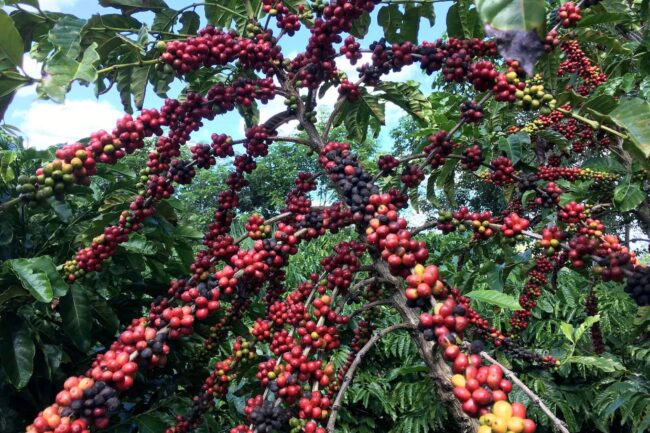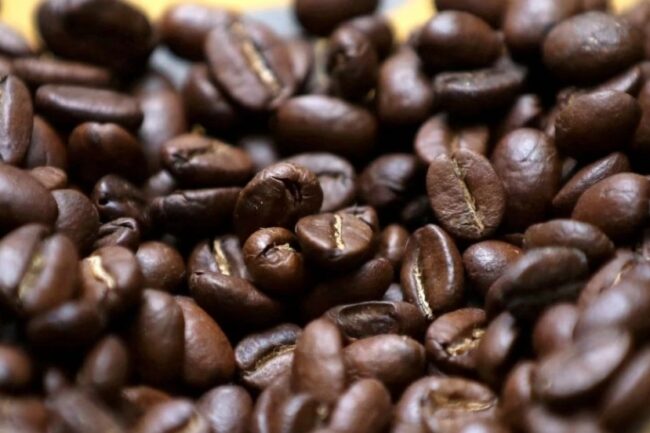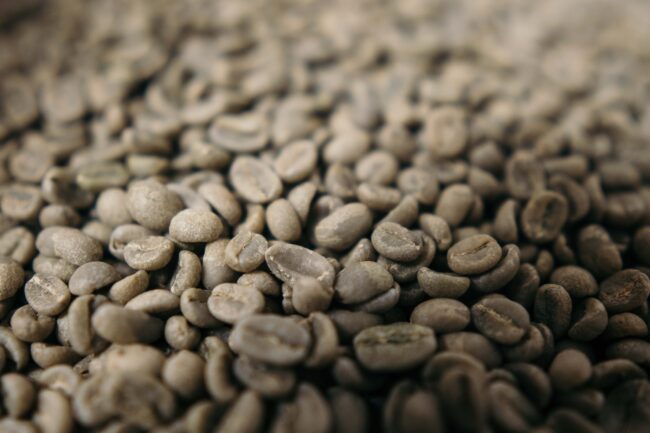July arabica coffee (KCN23) on Friday closed up +5.10 (+2.79%), and July ICE robusta coffee (RMN23) closed up +59 (+2.45%).
Coffee prices Friday rallied to 1-week highs. Reduced coffee supplies from Colombia are bullish for prices after the Colombia Coffee Growers Federation reported Colombian Apr coffee exports fell -15% y/y to 719,000 bags. Colombia is the world’s second-largest arabica bean producer.

Another supportive factor for arabica coffee is tighter inventories. ICE monitored arabica coffee inventories have fallen steadily over the past three months to a 5-month low of 657,297 bags Friday. Also, strength in the Brazilian real is bullish for coffee prices after the real (^USDBRL) Friday rallied to a 2-1/2 week high against the dollar. The stronger real discourages export selling from Brazil’s coffee producers.
On the bearish side for robusta, Vietnam’s General Statistics Office on Monday reported that Vietnam’s Jan-April coffee exports rose +1.8% y/y to 753,000 MT. Vietnam is the world’s largest producer of robusta beans. Also, ICE-monitored robusta coffee inventories climbed to a 5-month high Friday.
An excessive long position in arabica coffee futures could fuel long liquidation pressures after last Friday’s weekly Commitment of Traders (COT) data showed that funds boosted their net-long positions of arabica coffee futures by 1,524 in the week ending April 25 to a 7-month high of 35,081 long positions.
An excessive long position in robusta coffee futures could fuel long liquidation pressures after Friday’s weekly Commitment of Traders (COT) data showed that funds boosted their net-long positions of robusta coffee futures by 544 in the week ending May 2 to a 16-month high of 40,342 long positions.
Robusta coffee has support from concern that heavy rain will reduce coffee yields in Indonesia, the world’s third-biggest robusta producer. In addition, global demand for robusta has increased as roasters and consumers seek cheaper coffee options to cope with high inflation.
Arabica coffee has support due to excessive rain in Brazil, which may keep farmers out of fields and delay the coffee harvest. Somar Meteorologia reported last Monday that Brazil’s Minas Gerais region received 38.9 mm of rain in the week ended April 23, or 469% of the historical average. Minas Gerais accounts for about 30% of Brazil’s arabica crop.
Tighter global coffee supplies are supportive of prices. The International Coffee Organization (ICO) today reported global 2022/23 coffee exports during Oct-Mar fell -6.4% y/y to 62.295 mln bags. Also, Cecafe reported on April 19 that Brazil’s Mar green coffee exports dropped -19% y/y to 2.78 mln bags. By contrast, Honduran Mar coffee exports rose +14% y/y to 1.097 million bags. Honduras is Central America’s biggest exporter of arabica beans.
Coffee prices also have support as the odds of an El Nino weather event increased, which could likely undercut global coffee production. The U.S. Climate Prediction Center on April 13 raised the likelihood of an El Nino weather pattern emerging between August and October to 74% from 61% a month ago. If that El Nino pattern occurs, it could bring heavy rains to Brazil and drought to India, negatively impacting coffee crop production.
Robusta has support on global supply concerns after coffee trader Volcafe forecasted the global 2023/24 robusta coffee market would see a record deficit of 5.6 mln bags. In addition, the Association of Indonesian Coffee Exporters and Industries said that Indonesia would see its 2023 coffee production fall -20% y/y to 9.6 mln bags due to damage from excessive rainfall across its growing regions.
The International Coffee Organization (ICO) projects the global 2022/23 coffee market deficit will widen to -7.3 mln bags from a -7.1 mln bag deficit in 2021/22. ICO projects that 2022/23 global coffee production will increase +1.7% y/y to 171.27 mln bags, and 2022/23 global coffee consumption will increase +1.7% y/y to 178.53 mln bags.
The USDA, in its bi-annual report released on December 23, cut its global 2022/23 coffee production estimate by -1.3% to 172.8 mln bags from a June estimate of 175.0 mln bags. In addition, the USDA cut its 2022/23 global coffee ending stocks estimate by -1.7% to 34.1 mln bags from a June estimate of 34.7 mln bags. Meanwhile, the USDA’s Foreign Agriculture Service (FAS) on November 22 cut its Brazil 2022/23 coffee production forecast by -2.6% to 62.6 mln bags from a prior estimate of 64.3 mln bags. This year was supposed to be the higher-yielding year of Brazil’s biennial coffee crop, but coffee output this year was slashed by drought.




